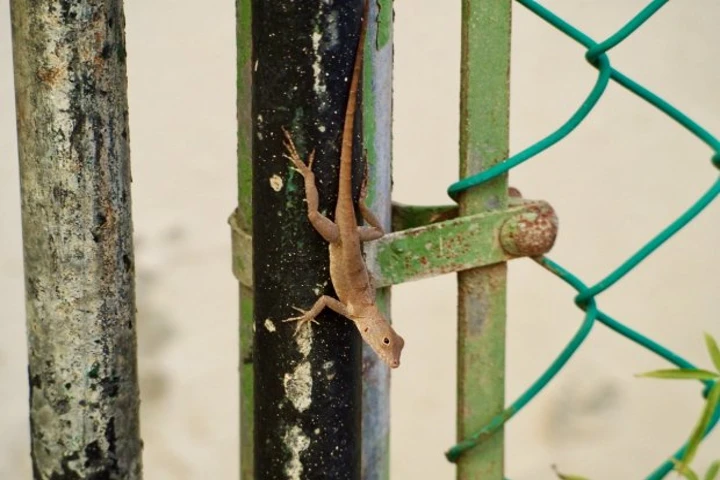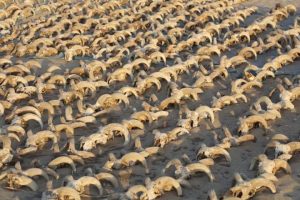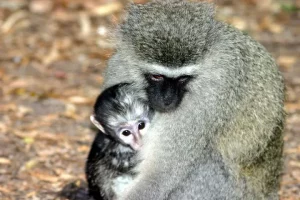Rapid urbanisation across the globe is creating changes in the environment which is impacting the wildlife but then some species are adapting by adjusting to the modifications in their habitat. A smithsonianmag.com report draws attention to a new study that focused on the genetic changes that city lizards in Puerto Rico, a Caribbean Island, underwent to flourish in the metropolis as compared to their forest counterparts.
The research published in Proceedings of the National Academy of Sciences was led by Kristin Winchell, a New York University biologist and her colleagues, who in the past had found that city-dwelling lizards had physical features that were different from other lizards. These included bigger toe pads with scales and longer limbs. While the former enabled them to clasp to smooth surfaces, the latter made them faster. In the present study, she elaborates on the genetic basis for these differences.
The researchers looked at 96 Puerto Rican crested anoles from three different cities and those that lived in surrounding forests. By studying their genes they established that city dwellers were distinct from each other so that urbanisation could be suggested for any similarities between them. Further, these reptiles were measured to authenticate their larger toe pads and longer limbs.
Genetic study revealed 33 genes that were linked to urbanisation of which some dealt with immunity and metabolism and also 93 those that were vital for development of skin and limb in these city creatures.
Past studies have shown that lizards in cities were more injury prone, had more parasites and ate human food. This explained the difference in genes relating to digestion, ability to heal wounds and immunity. The skin and limb genes expounded the longer limbs and stickier toe pads.
Scientists also found a group of genes that were associated with diseases involving deformed and shortened limbs in human beings and mice. This points at the trade-off that comes along with evolution. Commenting on this, Kevin de Queiroz, a zoologist at the Smithsonian’s National Museum of Natural History told New Scientist: “It shows that some of the things that can give an adaptive advantage are not great overall.”
More research is required to fully comprehend the findings of this study.
Talking about her study, Winchell in a statement said: “Urbanization impacts roughly two-thirds of the Earth and is expected to continue to intensify, so it’s important to understand how organisms might be adapting to changing environments.”
Further she stressed that understanding the reaction of animals to urbanisation is vital for conservation efforts. “If urban populations are evolving with parallel physical and genomic changes, we may even be able to predict how populations will respond to urbanization just by looking at genetic markers.”
















